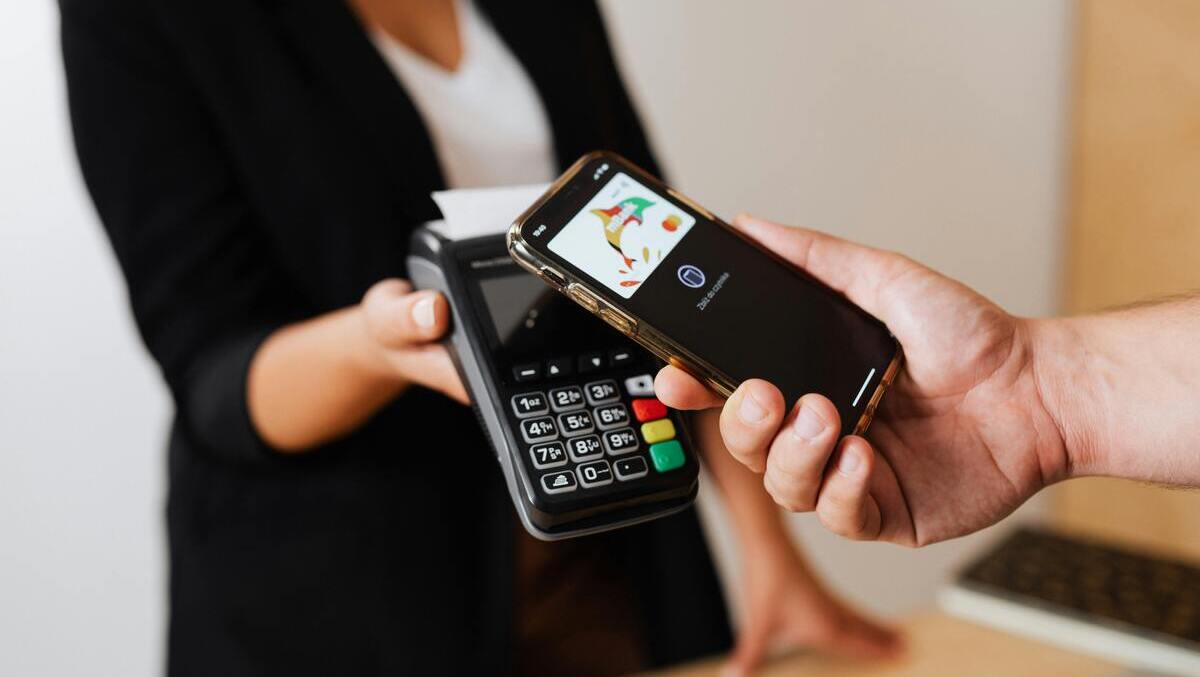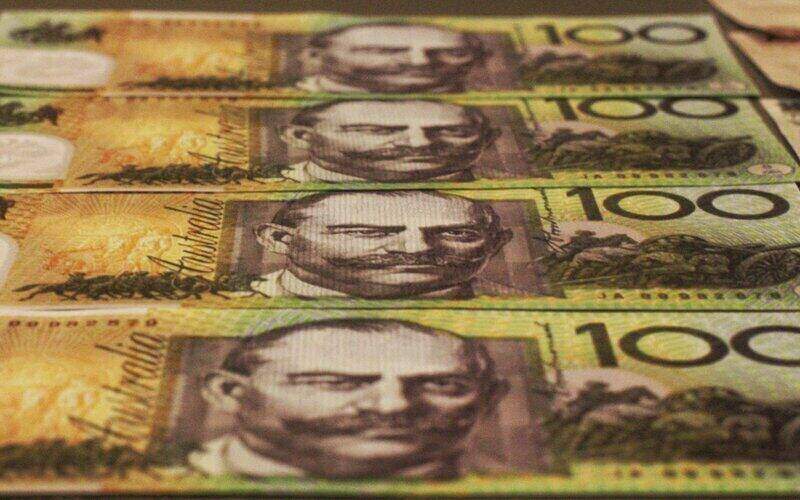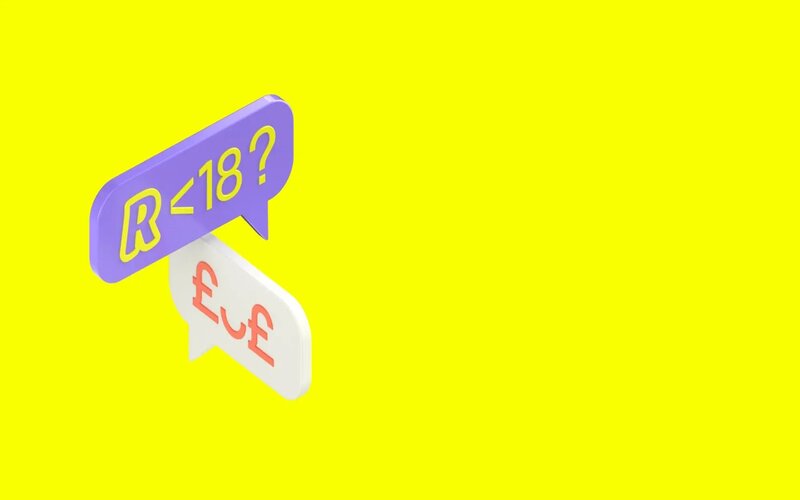Aussies are ditching cash and their weathered plastic at record speed, making over four billion mobile wallet payments in the past year - a figure that dwarfs ATM withdrawals by more than 11 to 1, according to the Australian Banking Association’s latest ‘Bank on It’ report.
Since 2019, the total value of payments made via mobile wallets has multiplied 23 times, with a notable 28% rise recorded just in the past year.
Almost every Aussie now banks digitally, with a whopping 99.3% of customer interactions happening online or via apps.
ABA CEO Anna Bligh believes Australia is undergoing a major transformation with regards to how people bank.
“More and more Australians are jumping online to do their banking. Digital options are reshaping how people interact with their bank and manage their finances,” she said.
“Digital banking is fast, it’s safer and it fits into our busy lives, whether it’s paying a bill on the train, checking your balance at the shops or transferring money to a friend,” Ms Bligh added as her tenure at ABA comes to an end on 22 August, set to be replaced by Simon Birmingham.
In-person branch transactions have plunged 51% since FY 2019, highlighting a rapid shift away from traditional banking.
Phone calls to banks are also on the decline, dropping 20%, while online and app interactions have surged 70%. Meanwhile, chatbot use has skyrocketed an eye-watering 1,778%, proving Australians are fully embracing digital convenience.
RBA moves fuel the mobile wallet surge
The trend is set to accelerate even further following the RBA’s recent call to clamp down on excessive mobile wallet surcharges - a move expected to make tap-and-go payments even more attractive for consumers and level the playing field with other payment methods.
But while the changes may benefit users, they’ve also stirred deeper industry tensions, particularly over the growing dominance of Apple Pay, which now accounts for roughly 40% of all card transactions in Australia, according to Brad Kelly, Payment Services Managing Director.
“It’s important to realise that Apple Pay and all digital wallets are ostensibly just digital representations of your debit or credit cards. Apple charges the issuing bank a fee every time you use Apple Pay. That fee is paid out of the interchange revenue they earn from the acquirer,” he told Savings.com.au.
Mr Kelly argues that banks may have underestimated how quickly Australians would migrate to Apple Pay, and now face a squeeze on both margins and customer insight.
“The more transactions that Apple takes, the less revenue the bank makes, and the more their customers look more like Apple customers,” he said.
Banks like Commonwealth Bank have also criticised Apple for blocking access to the iPhone’s NFC chip - a move that prevents them from offering their own tap-and-go solutions on equal footing.
“CBA would much prefer you to use their app or wallet,” Mr Kelly noted. “There’s a river of gold in that customer data that the bank is currently not seeing.”
While some in the sector call for innovation to compete with Apple Pay, Mr Kelly believes the issue lies deeper.
“Mobile payments innovation in Australia is sitting with Apple and Google here in Australia. Other payment methods (like PayID or PayTo) cannot be made by an Apple user at the point of sale," he said.
He explains this is because Apple only allows EMV (Europay, Mastercard, Visa) card-based transactions in its wallet. A card is the only form factor the Silicon Valley tech giant supports.
That means alternative payment rails, like direct account-to-account transfers, are locked out at checkout, keeping Visa, Mastercard, eftpos, and AMEX firmly in control.
“There is legislation before Parliament that would give the Treasurer more power in regulating participants in the payments system, including Apple,” Mr Kelly added.
"This would allow the Treasurer to designate Apple Pay and Google Pay as official payment systems, which would mean more scrutiny and more governance.”
Photo by Kaboompics via Pexels

Ready, Set, Buy!
Learn everything you need to know about buying property – from choosing the right property and home loan, to the purchasing process, tips to save money and more!
With bonus Q&A sheet and Crossword!



 Alex Brewster
Alex Brewster
 Harry O'Sullivan
Harry O'Sullivan









